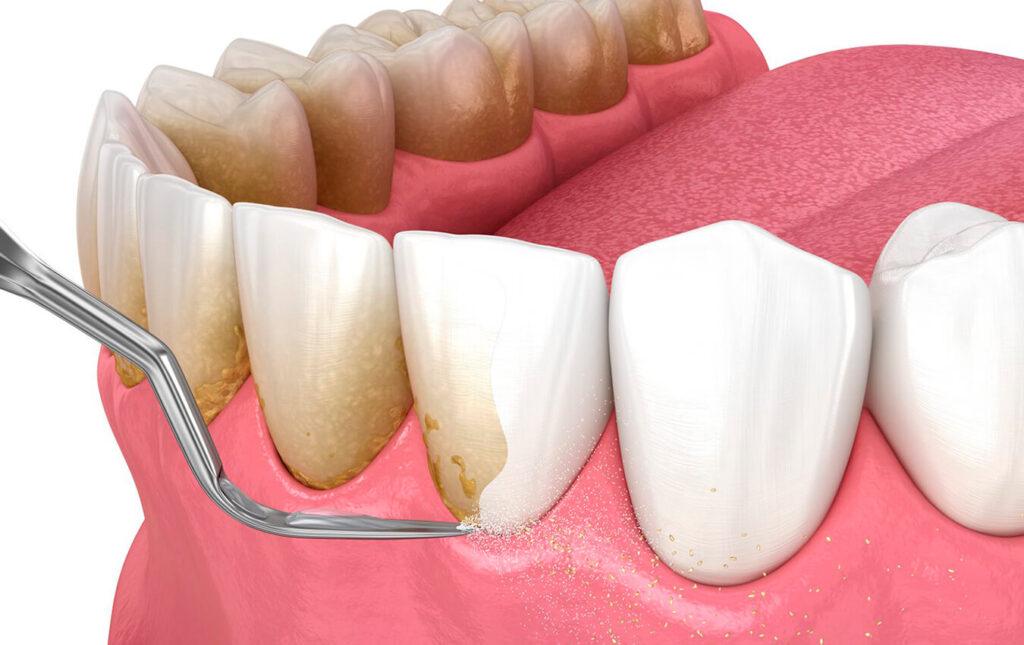
Benefits
- Scaling and root planning remove rough calculus deposits on the root that can attract and collect bacteria
- They help gums or pocket wall reattach firmly to the spotlessly clean root surface to help prevent tooth loss
- They decrease tooth sensitivity due to gum recession
- They prevent bone loss
- They make it difficult for plaque to accumulate along the root surfaces
- They prevent tooth loss due to gum disease
Who is this procedure for?
- Patients with gums that bleed during brushing
- Patients with tender or swollen gums
- Patients who have developed deep pockets between teeth and gums
Who should not consider this procedure?
Patients who have pacemakers should avoid scaling as the vibrations caused by the instruments that are used can interfere with the pacemakers.
What happens before the procedure?
Before the actual procedure, the dentist may remove bigger chunks of tartar. This way he or she can remove up to 50 % of the existing tartar, leaving the rest to scaling. Some dentists may choose to numb the mouth due to the depth of the cleaning.
What happens during the procedure?
Depending on the extent of the disease patients may need to have one or more mouth sections treated with scaling and root planning. Scaling means that the dentist deep – cleans the teeth using instruments that are called “scalers” to remove the rest of the tartar and plaque. When the scaling is done, he or she uses curettes to plane the roots until they are smooth. This is root planning.
What happens after the procedure?
The dentist prescribes antibiotics and antibacterial mouthwash to combat leftover bacteria. A follow – up treatment is required in about a month.nflammatory drugs and will give patients further instructions. Stitches are removed in 7 – 10 days.

